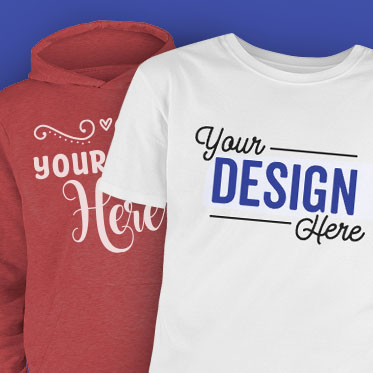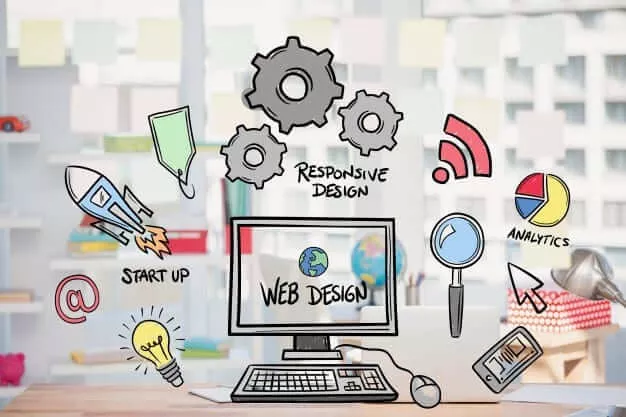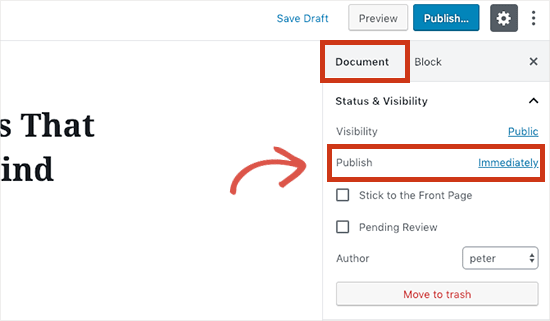Welcome to our blog. Today, we’re discussing the fascinating world of branding and how bespoke t-shirts are essential for creating and promoting your brand identity. Businesses must develop distinctive and imaginative ways to separate out from the competition in the fast-paced digital environment. What better approach to accomplish this goal than by creating personalized t-shirts that accurately represent the principles, character, and message of your company? So make yourself a cup of coffee and join us as we explore the significance of bespoke t-shirts for the success of branding. Let’s start now!
Just what is branding?
A logo or a memorable tagline are simply the beginning of branding. The impression you want to leave on your audience is the core of your company. Consider it as the personality and individuality that distinguish you from other professionals in your sector.
Building trust and forging an emotional bond with your target market are the two things that branding is really all about. It involves developing a unified brand identity that connects with consumers and gives them a deeper sense of connection to your company.
Certain feelings, ideals, and promises are evoked by a powerful brand. It conveys what makes your company distinctive and the benefits of doing business with you rather than your rivals. Every component, including typographic choices and color schemes, influences how consumers view and remember your brand.
Effective branding covers all client touchpoints, from social media presence to interactions with customer service, and extends beyond just visual components. Consistency across these touchpoints strengthens recognition and helps establish confidence.
Businesses may give their brand identity a voice by creating personalized t-shirts for branding purposes and converting their staff into walking billboards. These shirts serve as effective marketing tools that can promote the business everywhere they go.
Custom t-shirts offer a unique strategy for making a statement in today’s cutthroat environment! So let’s explore the specific ways why personalized t-shirts are crucial for increasing brand recognition and awareness.
How Custom T-Shirts Play a Part in Branding
In order to build and promote their brand identity, businesses now rely heavily on custom t-shirts. Custom t-shirts are an affordable approach to highlight your brand’s personality and leave a lasting impression because they can be customized with one-of-a-kind designs and logos.
Increasing exposure is one of the main functions that personalized t-shirts provide in branding. When staff members or clients wear branded t-shirts, they essentially become walking billboards for your company. Greater brand identification and recall among prospective buyers may result from this enhanced exposure.
Additionally, personalized t-shirts contribute to a feeling of cohesion and connection inside a business. Wearing branded clothing that coordinates with one another strengthens team identity and promotes corporate ideals. This not only improves employee morale but also gives clients and customers a professional impression of the company.
Additionally, bespoke t-shirts offer designers a chance to express their ideas. You can create mystery and curiosity about your business by printing special images, slogans, or even hashtags on t-shirts. A well-made shirt can encourage discussions about your company while making a good first impression on individuals who see it.
Additionally, customized t-shirts provide flexibility in terms of marketing initiatives. As physical reminders of your business long after the event has concluded, they can be distributed at events or as part of promotional efforts. They can also be used to make money by being sold as items to advertise your company even more.
Custom t-shirts have the potential to increase your brand’s visibility and reinforce its message both internally within the company and externally among potential customers when used effectively with thoughtful design decisions that are in line with your overall branding strategy, from color schemes to typography.
Tips for Designing Personalized T-Shirts that Work for Branding
Now that we are aware of the significance of custom t-shirts in branding, let’s look at some suggestions for producing efficient custom t-shirts that can actually improve your brand image:
Define Your Brand Identity First: It’s critical to have a firm grasp on your brand identity before to developing your personalised t-shirt. Think about your intended audience, brand values, and messaging. This will enable you to produce a design that faithfully reflects your brand.
2. Put Quality First: Making an impression with custom t-shirts depends heavily on the fabric and printing quality. Make sure to use high-quality printing procedures and choose long-lasting, comfortable fabrics for your clothing.
3. Maintain Simplicity: When creating bespoke t-shirts for branding purposes, simplicity is essential. Choose simple, basic designs that clearly convey your message without tiring the audience.
4. Include Your Logo: Your company’s logo is one of the most crucial components of its brand identification. To help consumers quickly connect it with your company, make sure to prominently display it in the design of your custom t-shirt.
5. Make use of color psychology: Subconsciously, colors inspire emotions and send messages. Think about utilizing hues that are consistent with your brand’s personality or those that have connotations related to the message you want to express through the t-shirt design.
6. Consider Typography: When designing text-based graphics for custom t-shirts, pay close attention to typography. Pick fonts that convey your brand’s tone and style while being readable at various distances.
7. Maintain Consistency Across Platforms: If you’re using bespoke t-shirts as part of a bigger branding plan across numerous platforms (like social media or events), keep your colors, fonts, logos, and overall design look consistent.
8. Make use of opportunities for social media marketing: Encourage people to take pictures and post them on social media while wearing your custom-branded t-shirts or other apparel. This may assist spread word of your business.





